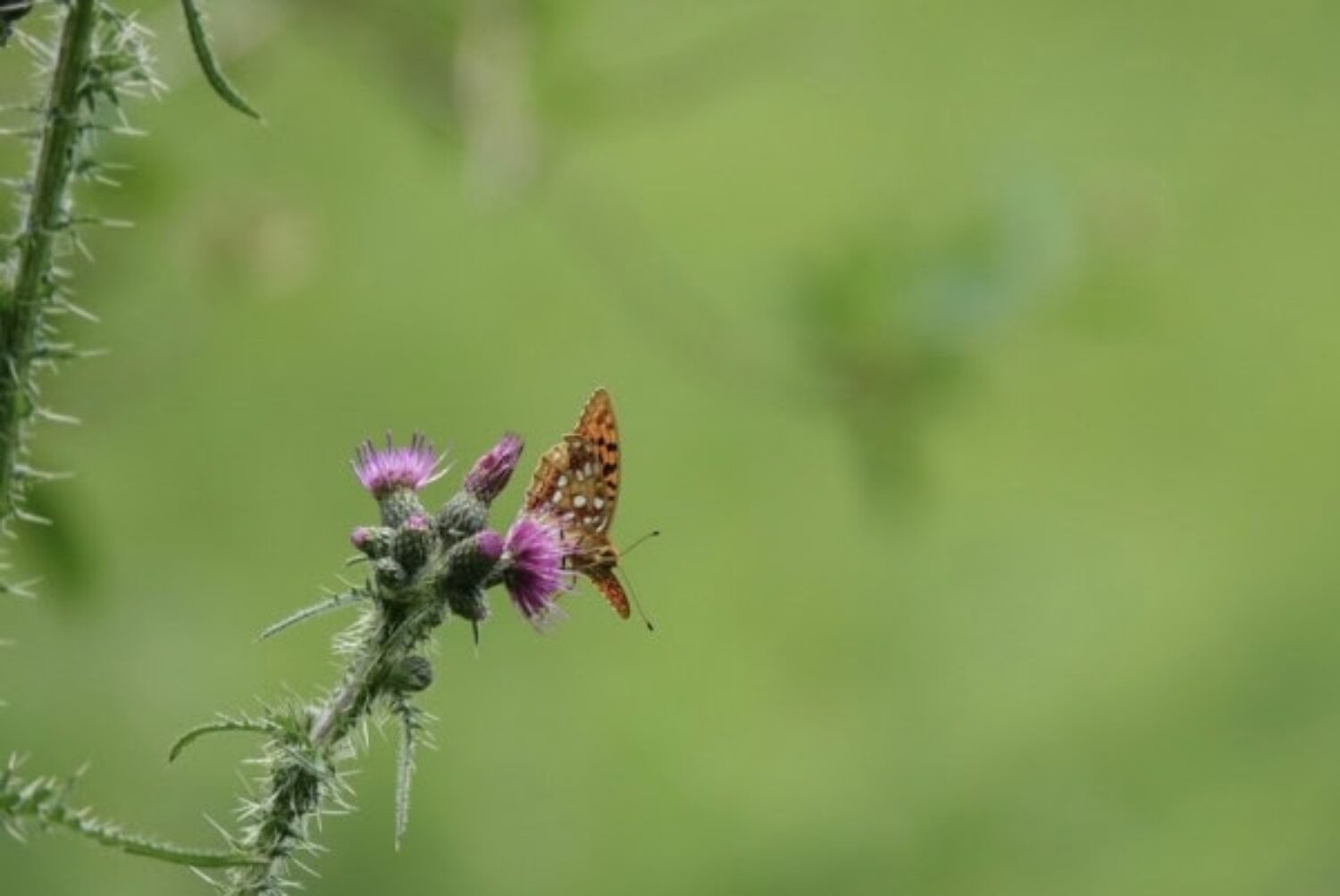The UK’s most endangered butterfly is making a bumper early appearance at a remote British habitat – confounding recent grim figures about its population
The high brown fritillary has been recorded as being ‘out’ slightly earlier than usual, and early counts suggest their numbers are on the rise, due to good weather conditions.
Matthew Oates, one the UK’s leading butterfly experts and a volunteer for the National Trust, has been in the Heddon Valley in north Devon taking part in an annual count of this rare butterfly along with the help of other volunteers.
“The butterfly seems to be having a very good year with more than 200 seen during the count,” he said. “Ideal weather conditions; a cold and harsh winter which has helped knock back the bracken and then a warm and sunny May and June have been ideal for caterpillar development.
“As we are having some fairly dry weather, it’s now the perfect time for seeing this large and powerful butterfly.”
Ideal weather conditions; a cold and harsh winter which has helped knock back the bracken and then a warm and sunny May and June have been ideal for caterpillar development
Over the last 50 years, the UK population of high brown fritillaries has declined rapidly, due to changes in woodland management and, more recently, the abandonment of marginal hill land. Butterflies, including this species, require large areas of the countryside to survive in good numbers, and their populations have struggled where these habitats have been overwhelmed by pressures from agriculture and development.
Conservationists believe that climate change and nitrogen deposition from the atmosphere are contributing to the high brown’s demise. Overall, the UK population has declined by 66 per cent since the 1970s.

A high brown fritillary on a thistle
The National Trust has been given £100,000 by the People’s Postcode Lottery to improve 60 hectares of lowland heath and wood pasture at Heddon Valley. Other butterflies including the heath fritillary, and birds such as the nightjar and Dartford warbler, are also expected to benefit.
Pathways have been cut through the bracken using a remote-controlled flailing machine to allow them to move through the landscape.
Images: National Trust / Matthew Oates
